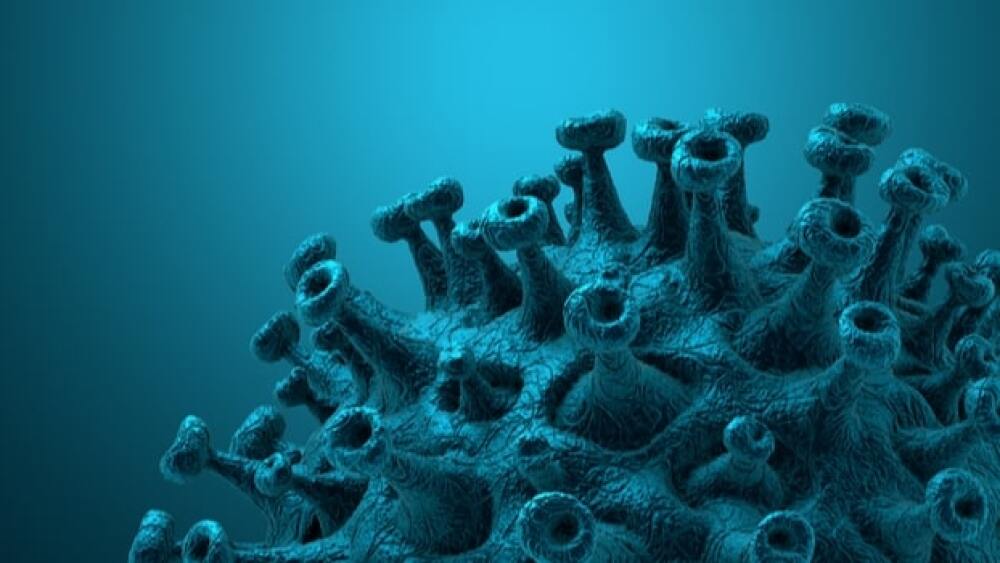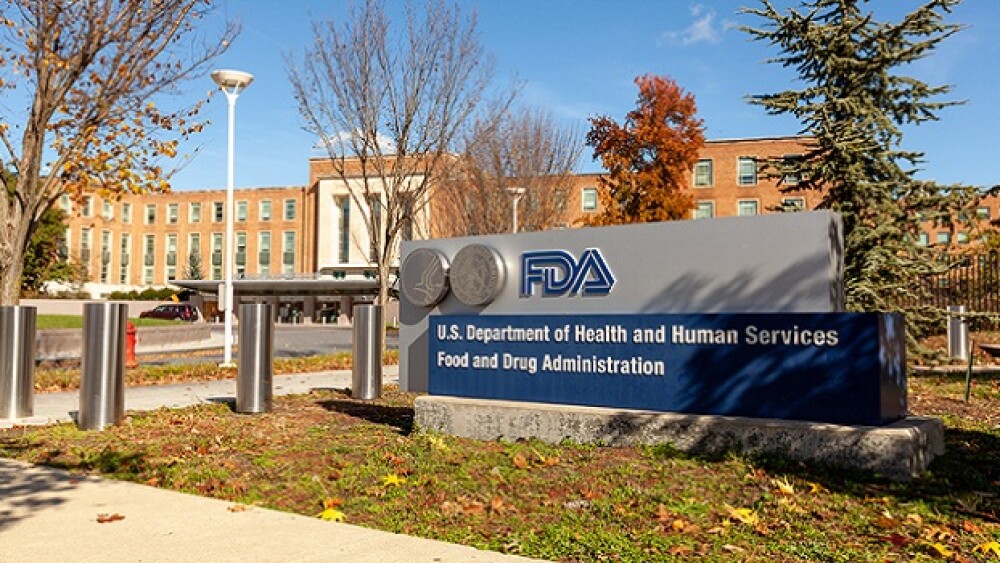Recently licensed from Planet Biotechnology, the candidate is a recombinant protein made from human angiotensin converting enzyme 2 (ACE2) fused to a human immunoglobulin G Fc fragment.
iBio, Inc. is developing a decoy molecule as a therapeutic against SARS-CoV-2. Recently licensed from Planet Biotechnology, the candidate is a recombinant protein made from human angiotensin converting enzyme 2 (ACE2) fused to a human immunoglobulin G Fc fragment.
ACE2-Fc is an immunoadhesin. It targets coronavirus virions directly using the ACE2 extracellular domain on the protein as a decoy. ACE2 is the receptor to which the SARS-CoV-2 spike protein binds, and which enables it to infect healthy cells.
ad
“This is an antibody-like molecule with the ends holding ACE2 receptors,” Tom Isett, chairman and CEO, told BioSpace. Healthy human cells also have the receptor. By creating this immunoadhesin molecule, SARS-CoV-2 essentially tricks the spike protein of the virus into binding to the decoy, thus neutralizing the virus. “We are looking at different routes of administration, including directly to the lungs with an inhaled product.”
In addition to its new therapeutic candidate, iBio’s COVID-19 pipeline includes two vaccines, one a subunit vaccine and another based on virus-like particles (VLPs).
The vaccines use lichenase (LicKM™) as the carrier molecule. LicKM has been tested with 10 adjuvants, and several have elicited neutralizing antibodies. Anti-SARS-CoV-2 spike titers to IBIO-201were observed 21 days after immunization. Titers continued to increase over the 42-day study. Distinct, favorable Th1 and Th2 immune profiles were observed. Ex Vivo assays of mouse antisera also demonstrated the presence of antibodies that interfered with the binding of the SARS-CoV-2 spike protein.
iBio also is focused on fibrosis. That program, still in the preclinical stage, shows “reduction of fibrotic tissues in human lung explants rather than the stasis possible with the standard of care. We’d like to be in the clinic sometime late next year,” Isett said. Pulmonary fibrosis is considered one possible sequelae of COVID-19. As a research interest, it is closely linked to the company’s other work involving vaccines and therapeutics for respiratory and lung diseases.
All of these programs are the direct result of the decision in January to transform the company’s business model from a business model from a contract development and manufacturing operation (CDMO) to one that also creates its own proprietary products. Now it has three new business areas: therapeutics, bio-inks for 3D-printing and proteins for manufacturing, and vaccines. All three use iBio’s FastPharming® plant-based gene expression system.
FastPharming uses a relative of the tobacco plant grown in vertical hydroponics bays under controlled conditions.
“In contrast, most of the competitors that use plant-based expression system grow their plant in greenhouses, creating batch-to-batch inconsistency,” Isett said. “The FastPharming system can produce 100mg of non-GMP protein in three weeks and a gram in about 3 months.”
That speed is possible because FastPharming eliminates the 10 to 16 months that mammalian expression systems need to develop a master cell bank. By developing the protein of interest directly in the plant, iBio’s FastPharming platform moves products toward clinical trials 6 to 8 months sooner than by using a master cell bank.
Plant-based protein expression systems have been available for a few decades. They were less costly and ecofriendly and had a slightly better risk profile than mammalian expression systems, “but those benefits weren’t compelling,” Isett said.
Isett liken the situation to the VHS/Betamax debate in the mid-1970s (VHS had a higher market share, but Betamax was considered the superior technology).
“CHO cells make up 80% of the production systems for MAbs. They’re the biological equivalent of the VHS platform,” Isett said. “They’re in widespread use, but they probably aren’t the optimal expression system.”
FastPharming, in contrast, offers the traditional benefits of plant-based expression systems, plus glycosylation control, speed and scalability.
“If you need more product, you plant more plants,” he said. Consequently, the material produced for research is the same as that produced for commercial production, “so you avoid scaleup problems and have a consistent product.”
Developers are noticing.
Validation came in 2009, when iBio participated in the U.S. Defense Advanced Research Projects Agency’s (DARPA) Blue Angels Program to develop factories to quickly produce medical countermeasures to pandemics. The project focused on producing vaccines for H1N1 and H5N1 viruses.
“We were sent the sequences, and within weeks produced a couple million doses of the material,” Isett said.
Now iBio’s 130,000 square foot production facility in Bryan, Texas can produce kilos of material per year – enough to produce hundreds of millions of doses per year – providing the fast-response that developers need to respond for the COVID-19 pandemic.






